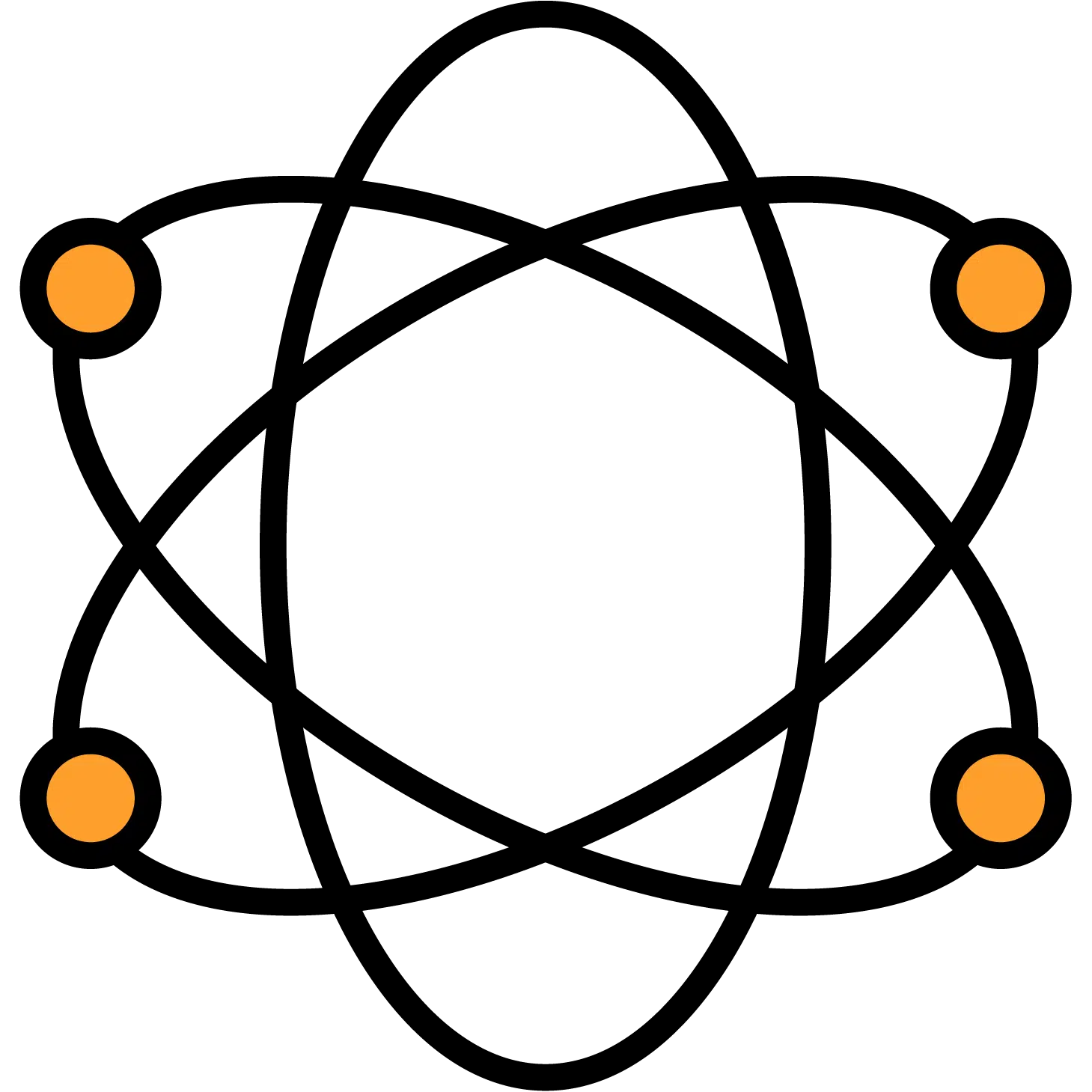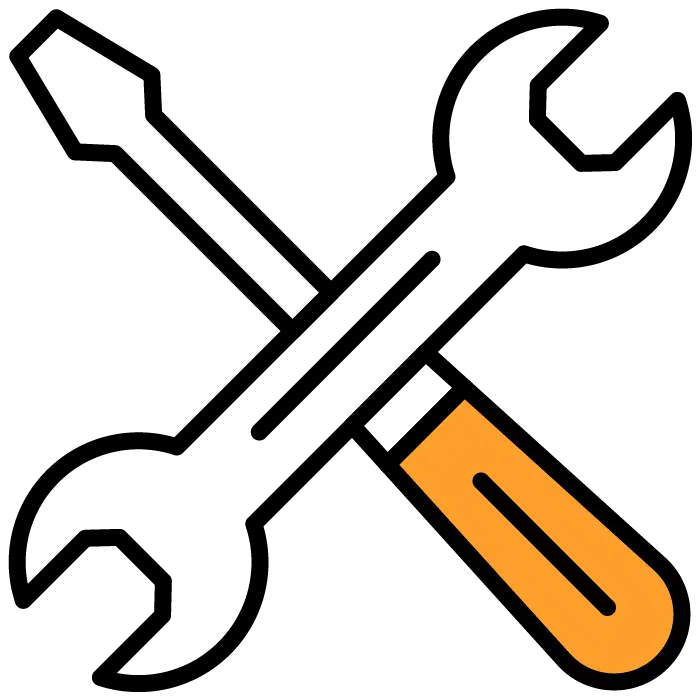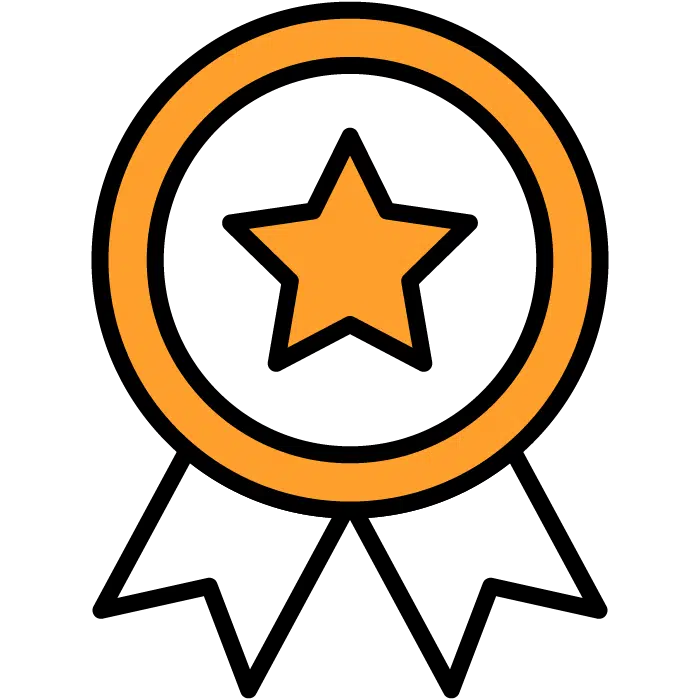As the year draws to a close, your HR department faces a critical opportunity to wrap up the current year’s activities and set the stage for success in the upcoming one.
An effective HR end-of-year checklist ensures that all tasks—from compliance reviews to performance assessments—are completed efficiently, leaving no loose ends.
This guide lays out a detailed, step-by-step checklist designed specifically for HR teams in startups and small businesses.
Why a Year-End HR Checklist Matters
The end-of-year period is a pivotal time for HR:
- Regulatory Compliance: Ensure that all reports, filings, and documentation meet legal requirements.
- Performance Reflection: Review employee performance, conduct evaluations, and plan future training.
- Financial Accuracy: Finalize payroll, benefits administration, and budget planning.
- Strategic Planning: Lay the groundwork for next year’s HR initiatives and recruitment strategies.
A well-structured checklist not only helps you avoid last-minute scrambles but also contributes to building a more resilient and agile HR framework.
The Detailed HR End-of-Year Checklist
Below is our comprehensive checklist covering every must-do HR task for the end of the year. Use this as your roadmap to ensure a smooth transition into the new year.
1. Employee Performance & Development
- Complete Annual Performance Reviews:
- Ensure all employee evaluations are finalized and documented.
- Schedule follow-up meetings to discuss career development and training needs.
- Update performance records and integrate feedback into next year’s goals.
- Plan Training Programs:
- Identify key skill gaps and plan targeted training sessions.
- Organize workshops and online courses for continuous learning.
- Review our HR Checklist for additional performance management tips.
2. Compliance & Policy Updates
- Review and Update HR Policies:
- Audit your employee handbook and update policies to reflect new labor laws and internal changes.
- Ensure policies on leave, remote work, and safety comply with current regulations.
- Conduct an Internal Compliance Audit:
- Use your HR Compliance Checklist to verify that all practices adhere to legal standards.
- Document any discrepancies and create action plans for corrective measures.
- Verify Employee Acknowledgements:
- Ensure all employees have signed off on updated policies and procedures.
3. Payroll & Benefits Finalization
- Finalize Payroll Processing:
- Reconcile payroll records to ensure all payments, deductions, and tax filings are accurate.
- Confirm that all year-end bonuses or adjustments have been processed.
- Review Benefits Administration:
- Audit employee benefits programs (health, retirement, etc.) for accuracy and efficiency.
- Communicate any changes or updates in benefits for the new year.
- Prepare for Tax Filings:
- Organize all necessary documentation for year-end tax submissions.
- Ensure compliance with local, state, and federal payroll regulations.
4. Financial & Budget Planning
- Review HR Budget and Expenditures:
- Analyze current year spending on recruitment, training, and benefits.
- Identify areas for cost savings and potential reinvestments.
- Plan Next Year’s Budget:
- Collaborate with the finance team to forecast HR-related expenses.
- Set clear budget goals for recruitment, employee engagement, and technology upgrades.
5. Employee Engagement & Recognition
- Celebrate Achievements:
- Organize a year-end recognition event to celebrate employee contributions.
- Implement reward programs that acknowledge exceptional performance.
- Conduct Employee Surveys:
- Gather feedback on workplace satisfaction and engagement.
- Use survey results to inform strategies for enhancing company culture in the new year.
6. Data Management & Record Keeping
- Audit Personnel Files:
- Verify that all employee records are current, accurate, and securely stored.
- Update documentation for new hires, promotions, and departures.
- Backup and Archive Data:
- Ensure digital records are securely backed up.
- Archive outdated files in compliance with data retention policies.
7. Strategic Planning for the New Year
- Review HR Metrics:
- Analyze key performance indicators such as turnover, time-to-hire, and employee satisfaction.
- Identify trends that can guide strategic planning.
- Set HR Goals:
- Establish clear objectives for recruitment, retention, and training for the upcoming year.
- Schedule strategy sessions with senior management to align HR goals with overall business objectives.
- Plan Recruitment Initiatives:
- Forecast hiring needs based on projected growth.
- Prepare job descriptions and recruitment strategies in advance to hit the ground running in the new year.
Final Thoughts
An effective HR end-of-year checklist is more than just a task list—it’s a strategic tool that ensures your HR department closes the year on a strong note and is well-prepared for the future.
By diligently following the detailed steps outlined above, you can secure compliance, enhance employee performance, streamline payroll and benefits, and set the stage for strategic growth.
Take the time to review and implement this checklist, and empower your team to finish the year with confidence. For more insights on optimizing your HR operations, revisit our comprehensive HR Checklist and HR Compliance Checklist for additional best practices.
Embrace these end-of-year must-do tasks to ensure a smooth transition into the new year—and pave the way for continued success in all your HR endeavors.




